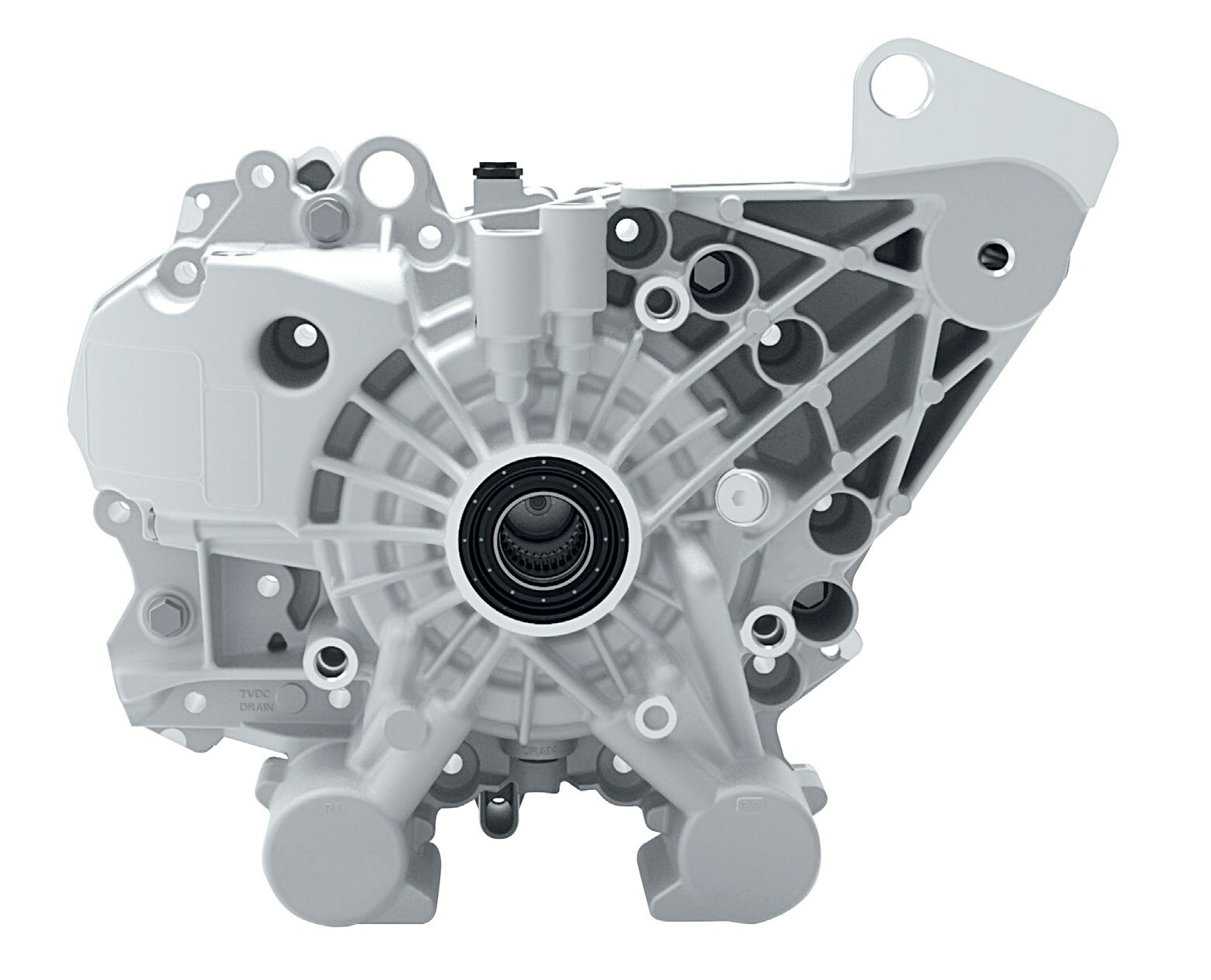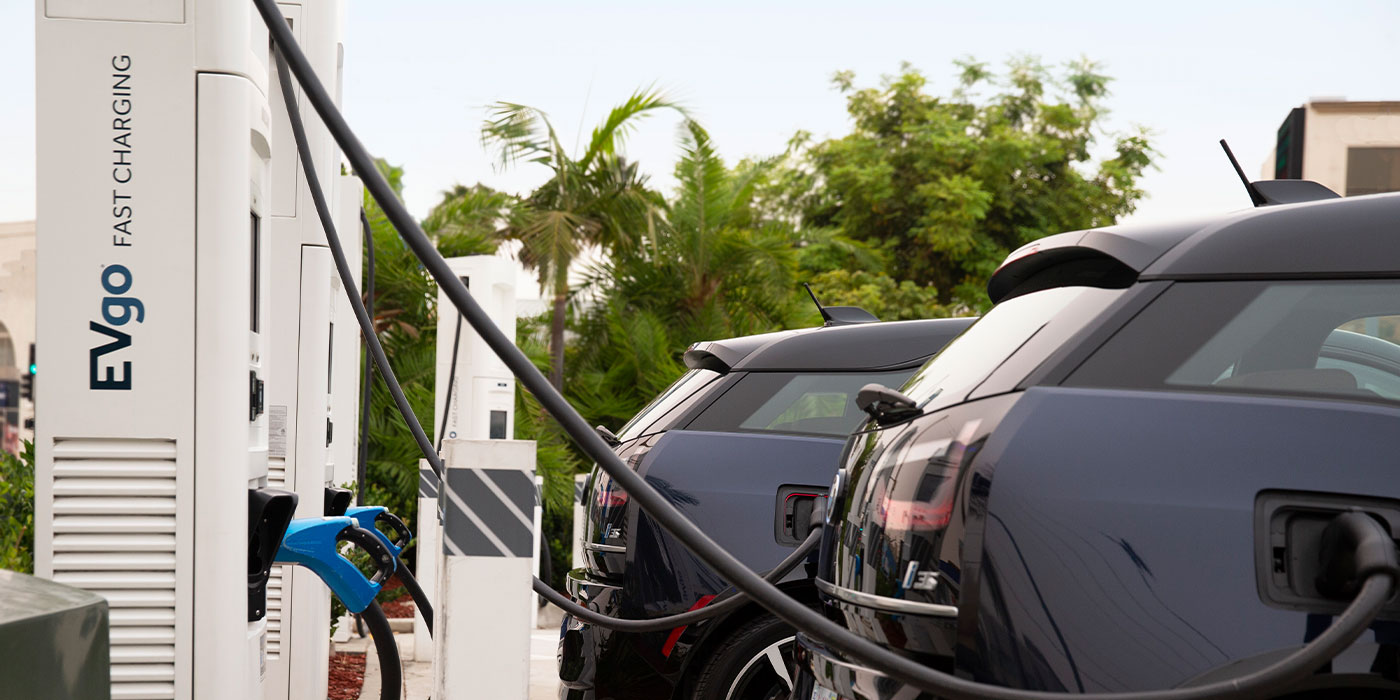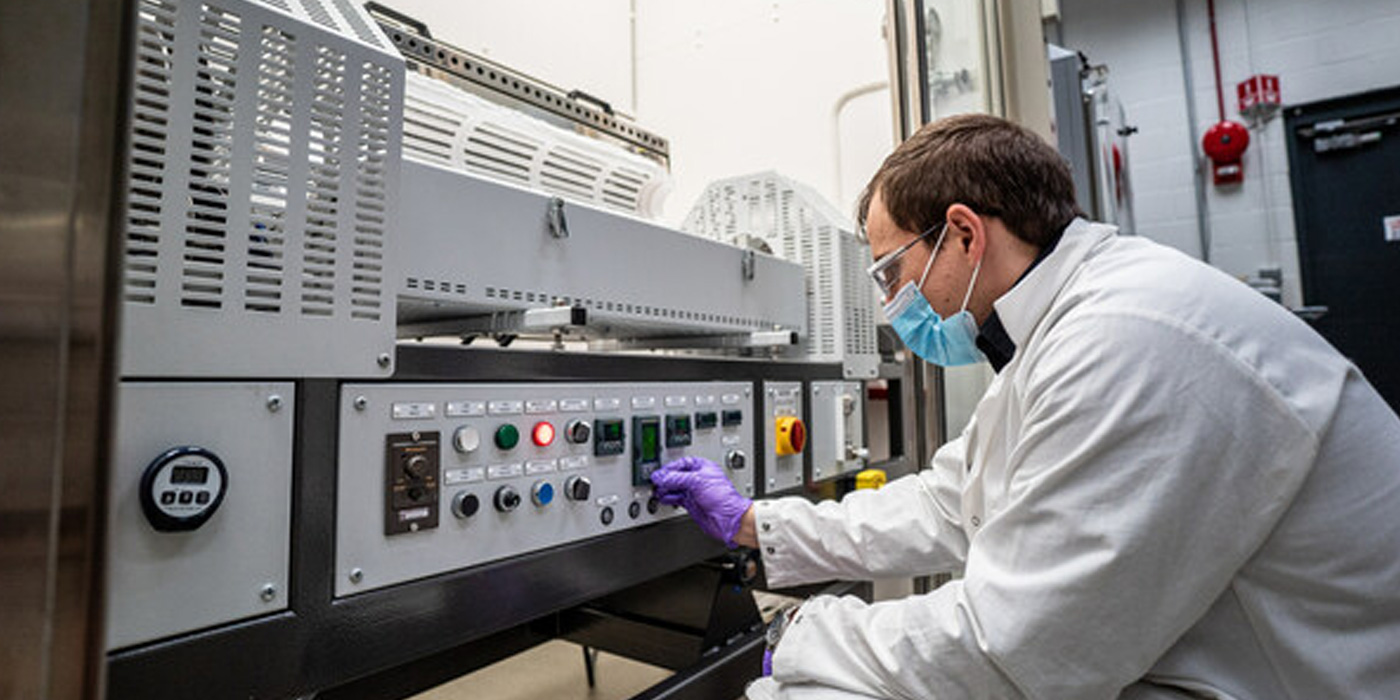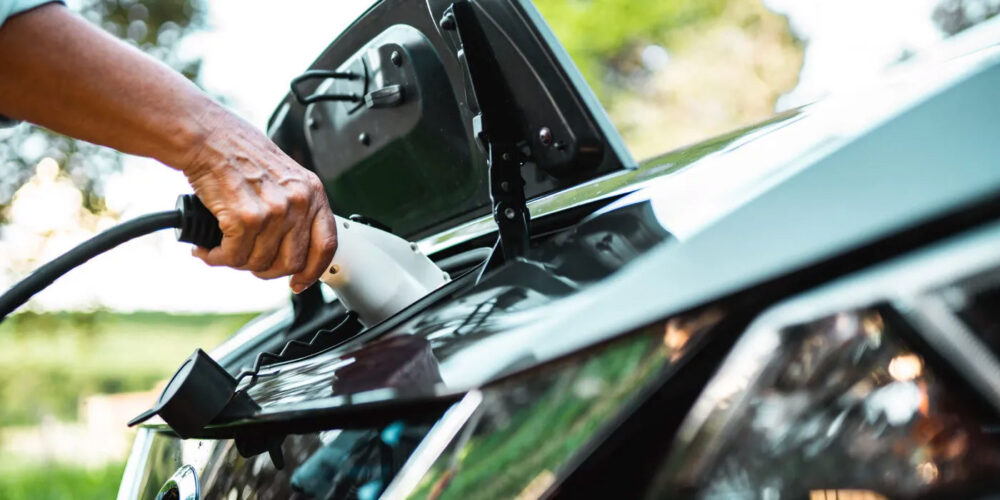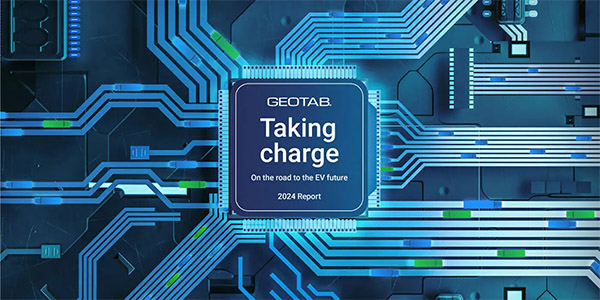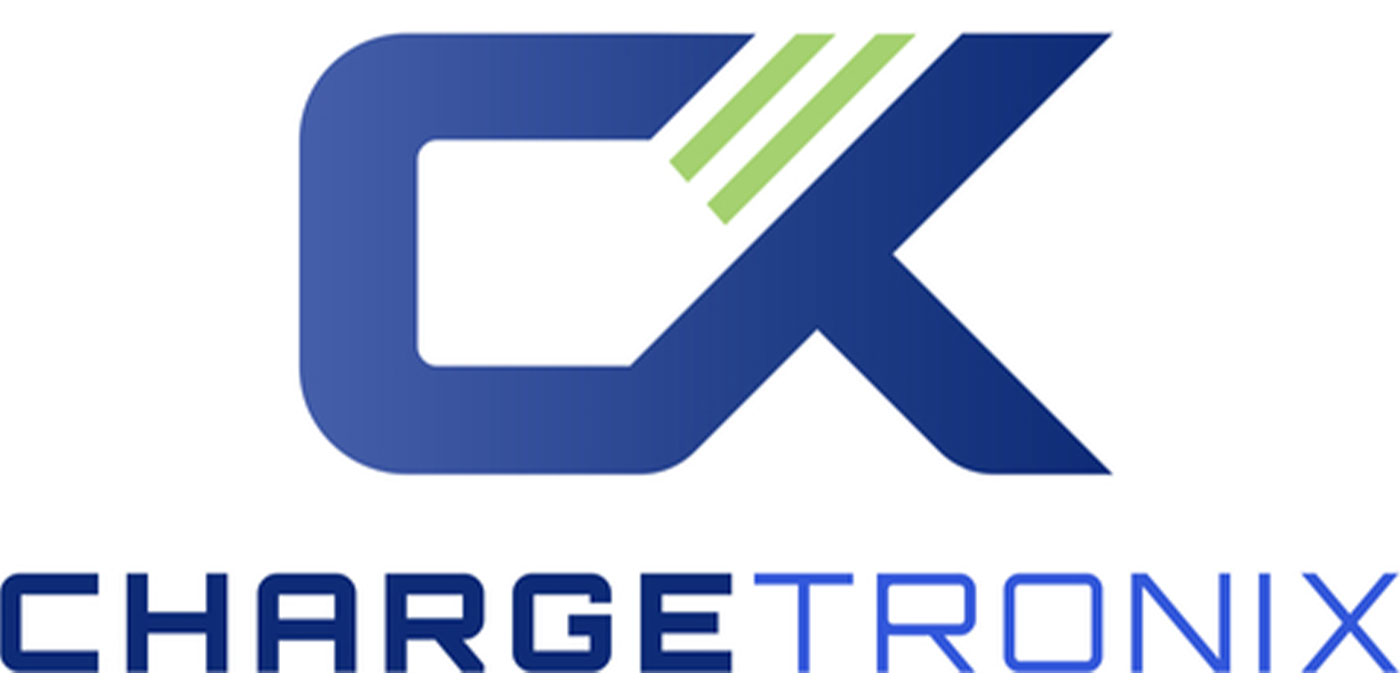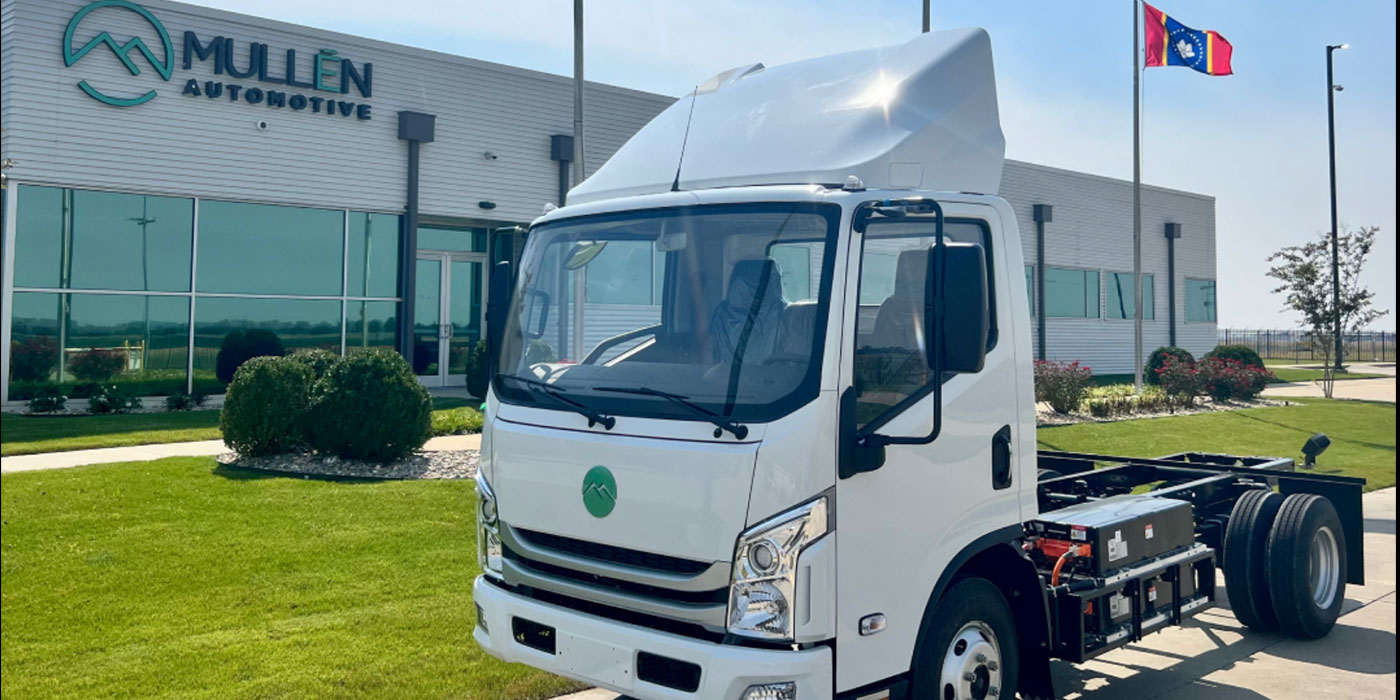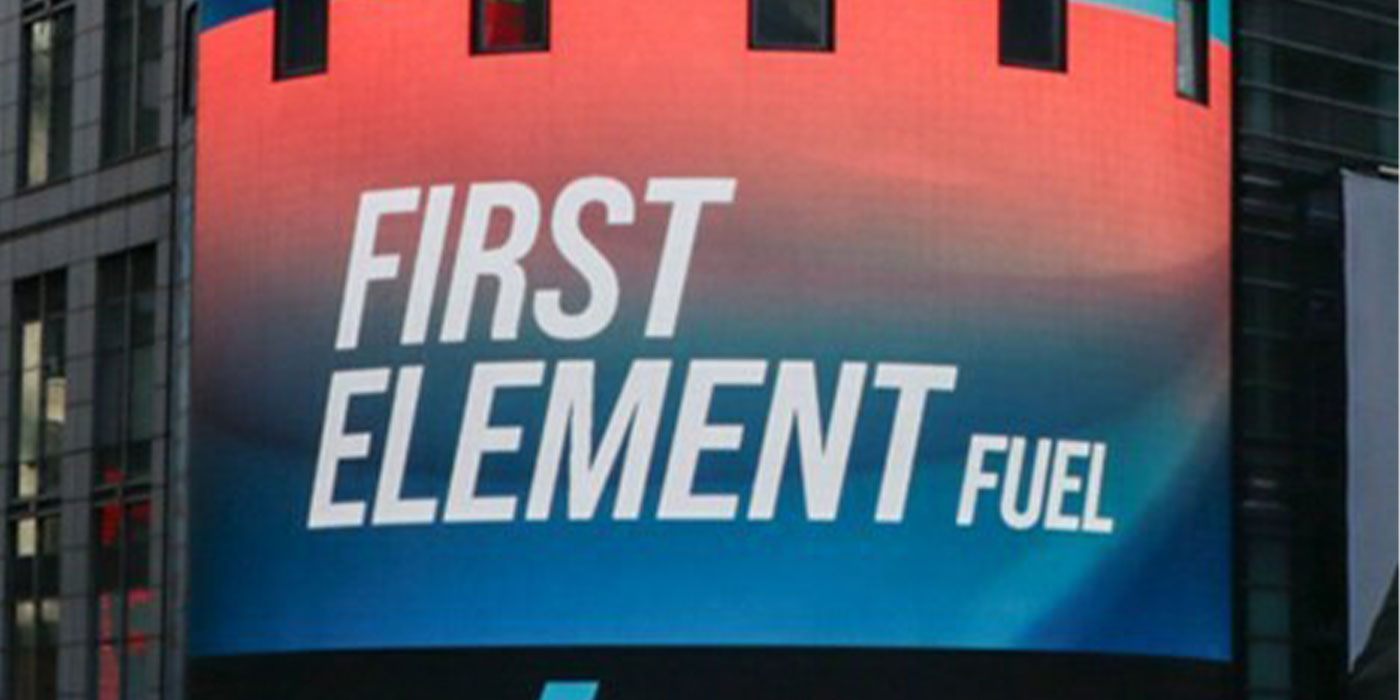One of the first items to be replaced on any Tesla model are the tires. This is due to tire wear from the instant torque of the electric motor. When replacing the tires, you will have to service the TPMS sensors. Tesla has used Baolong (from 2012 to 2014), Continental (from 2014 to 2020) and a proprietary sensor that uses Bluetooth. For 2021, the Model Y started to use a sensor that communicates using Bluetooth protocols. Not much is known about the new system except that the sensors are currently available only through Tesla.
The Baolong TPMS system will not display the pressures on the center display. However, the Continental and Bluetooth systems will display the pressures for the driver. Tesla offers a retrofit kit to convert the Baolong system to a Continental system. The procedure involves replacing a module on the vehicle. Baolong sensors are available on the market, and aftermarket replacements can be programmed for the car.
Like many TPMS systems, the Tesla TPMS system has a built-in feature that automatically detects a new set of wheel sensors. The TPMS sensors can be reset via the vehicle’s touchscreen. The reset function is only possible when the vehicle is on.
Before starting, set the tires to the correct cold tire inflation pressure according to the door placard and tire size. Before servicing the tires, make sure the system is functioning.
To get started, turn the touchscreen on. Go to controls, settings, service & reset, tire pressure monitor and reset sensors. Reset the sensors based on the wheel size.
If a tire pressure warning displays, exit the vehicle, close the rear trunk and all the doors, wait for the touchscreen to go black, re-enter the car and ensure that the correct wheel size is selected before touching reset. Touch reset, and then touch OK.
Press and hold one of the scroll wheels and select ‘Car Status’ to see an overview of the TPMS information. When the sensors are unknown, all the values will be shown as “- -.” Ensure that the vehicle is stationary for at least 20 minutes before continuing to the next step.
Perform a road test. Auto learning will start when the vehicle exceeds 25 mph. When auto-learning completes, the tire pressure information displays for all wheels and clears any TPMS faults. Note: Auto learning can take up to 20 minutes during a test drive.
Try this procedure again if “Tire Pressure System Needs Service” displays after performing auto-learning. If the warning still persists after 5 minutes of driving at 25 mph, further diagnostics might be required. This can include using a TPMS to verify the operation of the sensor.
Most Tesla models use service kits that have a clamp-on metal stem. A new service kit should be installed every time the tire is removed from the rim. The valve stem’s nut is a one-time-use item. Most kits are available in two finishes for silver and black rims.
There are a wide variety of programmable 433-megahertz sensors for Tesla models. There are also direct replacement options. Starting in 2020, Tesla started using Bluetooth protocols for the TPMS sensors. These sensors work the same way as conventional sensors, but they will require a TPMS tool with the correct software to check the condition of the sensor.
Resetting and programming TPMS sensors for a Tesla is a lot like any other vehicle, but the challenge is still the same, keeping the light out.


